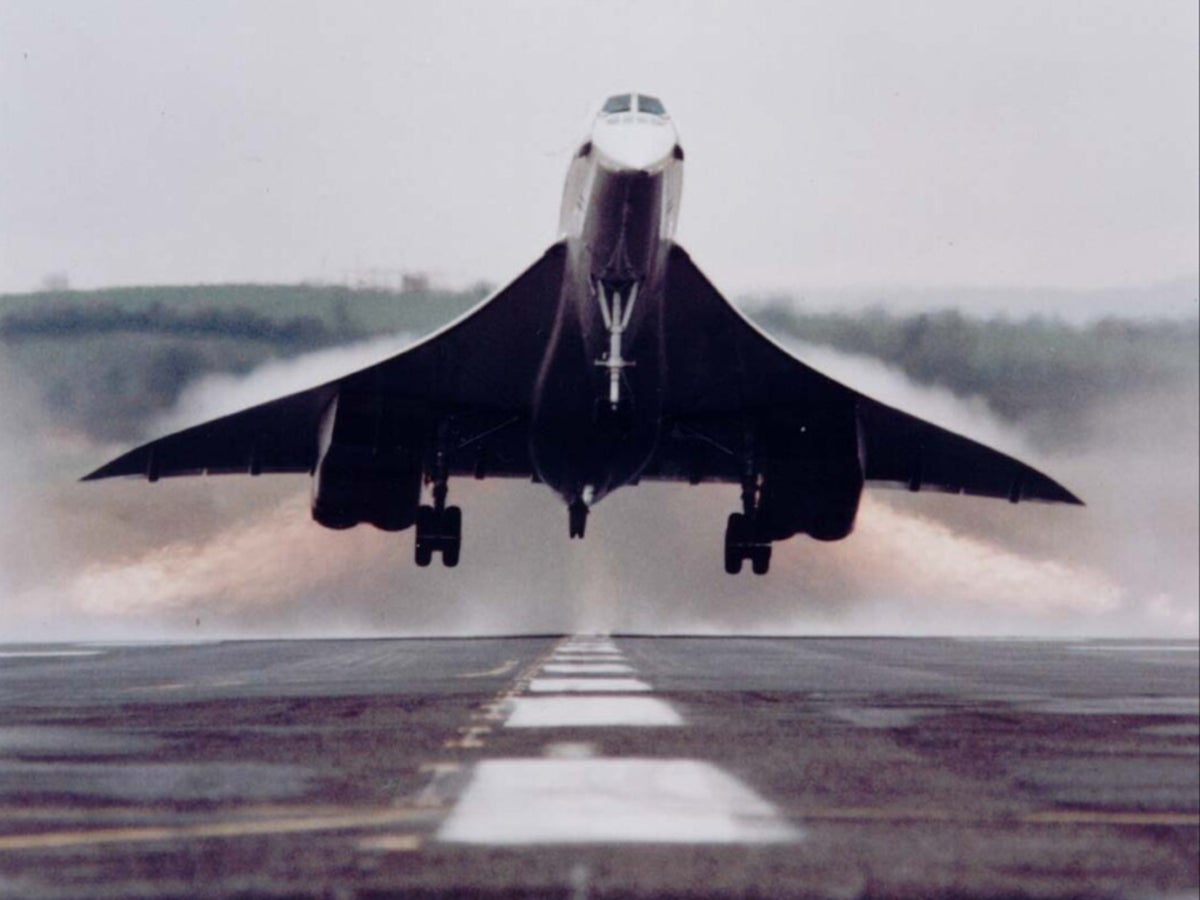
Simon Calder, also known as The Man Who Pays His Way, has been writing about travel for The Independent since 1994. In his weekly opinion column, he explores a key travel issue – and what it means for you.
“You may visit the flight deck now.”
Carefully I put down the glass of cognac, placed my cigar in the ashtray and followed the purser to the cockpit. Walking forward along the ridiculously cramped aircraft aisle, I was sure I detected mild contempt from many of my fellow passengers: they could tell this was a one-trip wonder.
The captain, first officer and engineer greeted me impressively warmly, considering they had already welcomed a dozen other first-time passengers to their cramped flight deck during the supersonic flight. But what grabbed my attention was the sight of the sun rising in the west.
Aesthetically, this was Concorde’s greatest trick. The evening departure from London Heathrow to New York JFK took off after dark. But with a cruising speed of 1,350mph the British Airways jet outpaced the earth’s rotation. Eleven miles above the planet, the sunset came to you.
This was the 1980s, when the fastest way to transport financial documents and news film between the two most important cities in the world was as checked baggage on Concorde.
Checked baggage needed a courier: a passenger actually sitting on board. Wisely the time-sensitive documents handler, which at the time was Securicor, realised there was no need to employ anyone – and that it could earn a bit of cash by selling each courier slot for £150. This was a small price to pay for backpackers who wanted a taste of the supersonic life. One caveat: to avoid drawing attention to the courier, and risking the wrath of passengers whose tickets had cost 10 times as much, males who took the role were required to wear a suit and tie.
The supersonic cabin was absurdly narrow. Elbow room was non-existent, but thankfully laptops had not caught on by the time Concorde flew off in search of the sunset for the final time.
To take passengers’ minds off the tightness of the titanium tube, the six cabin crew served champagne and an elaborate dinner, followed by Sir’s preferred form of tobacco (cigars were dished out like candy) and cognac, and a trip to the flight deck.
Twenty years ago this week, the final supersonic commercial flight, BA2 from JFK, touched down at Heathrow. By then, smoking and cockpit visits were no longer part of the Concorde experience. And flying at twice the speed of sound was no longer sustainable.
Banks and law firms trimmed their business travel budgets after 9/11, requiring executives to slum it subsonically in Club World. At the same time, the fuel bill for the thirstiest plane in the world ballooned: up more than 40 per cent in the two years to October 2003.
Environmentally, the carbon footprint of the supersonic jet was off the scale. The fuel burn for Concorde was four times more than today’s British Airways Airbus A350, which carries three times as many passengers.
Twenty-first-century travellers are far more comfortable. And their conveyance will not disturb the peace of millions.
You heard Concorde long before you saw her. The sonic boom, which stopped the jet flying supersonically over land, was only part of the ground-shaking noise nuisance. West London quaked at 10.20pm each evening from the noise made by the supersonic plane’s four military engines as she lined up for landing at Heathrow.
As Concorde nostalgia ripples like a sonic boom across the media this week, remember the Anglo-French grand projet was the polar opposite of democratised, efficient travel. The planet was trashed daily for the benefit of the super-indulged few. Plus the odd imposter wearing a borrowed suit and tie.




!["[T]he First and Fifth Amendments Require ICE to Provide Information About the Whereabouts of a Detained Person"](https://images.inkl.com/s3/publisher/cover/212/reason-cover.png?w=600)


